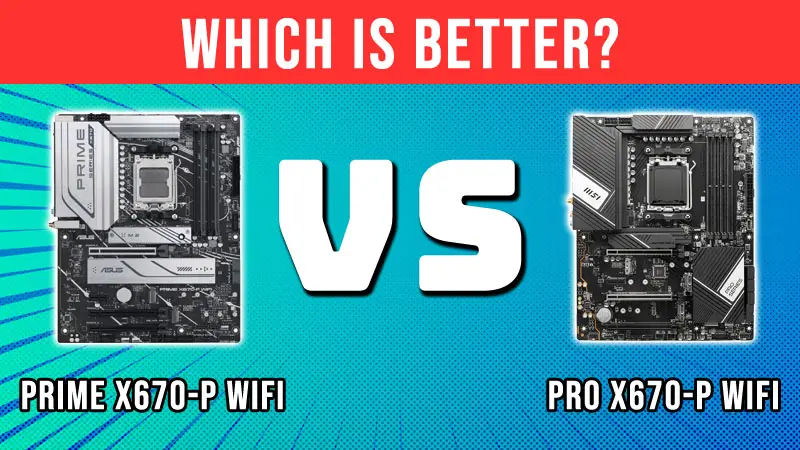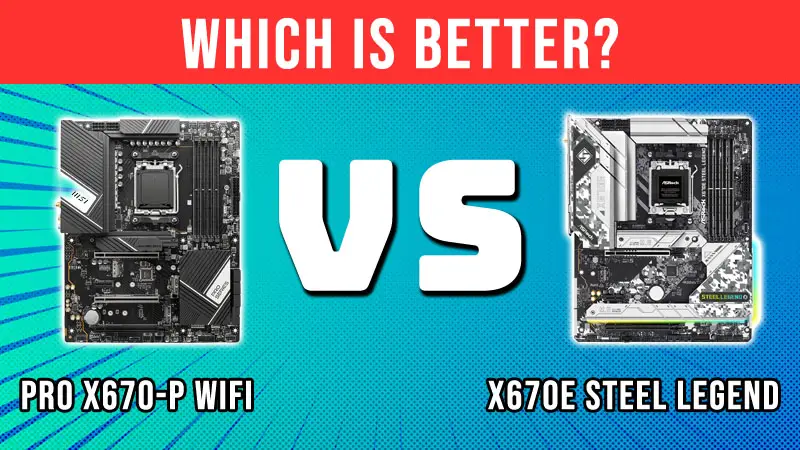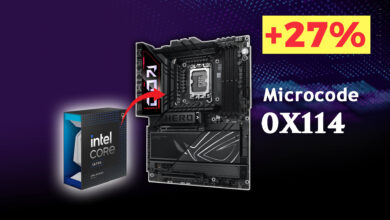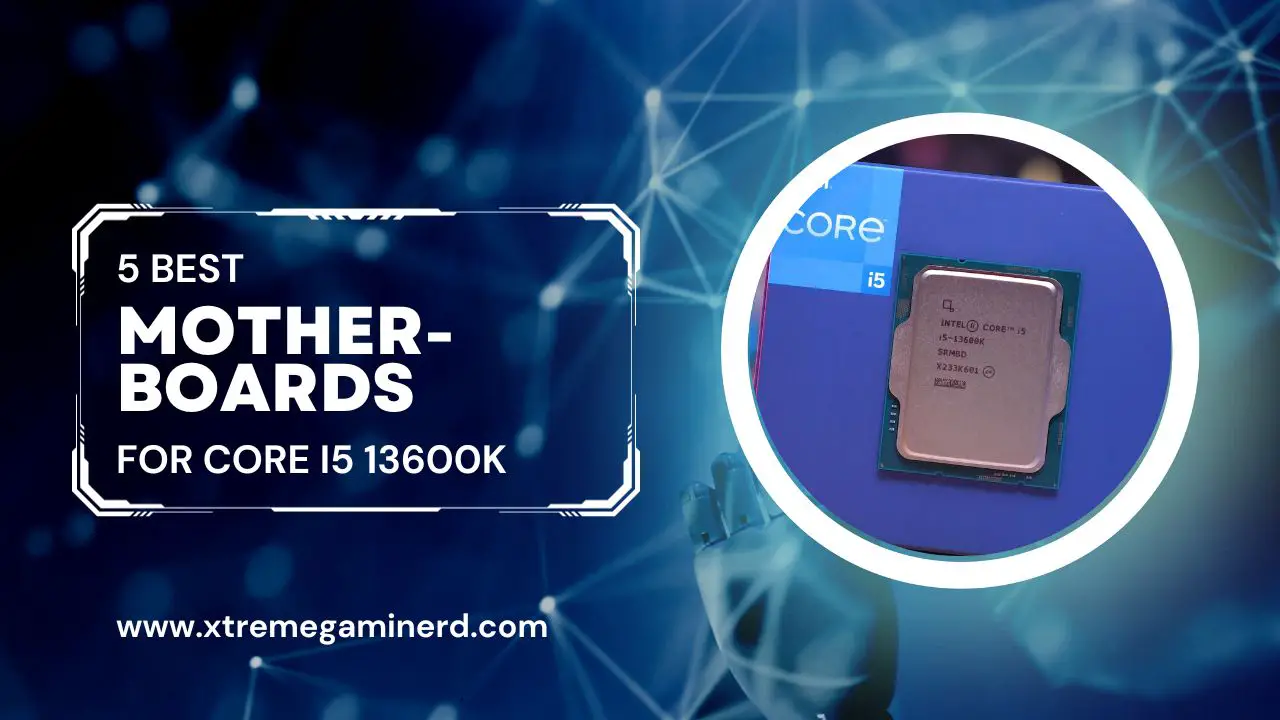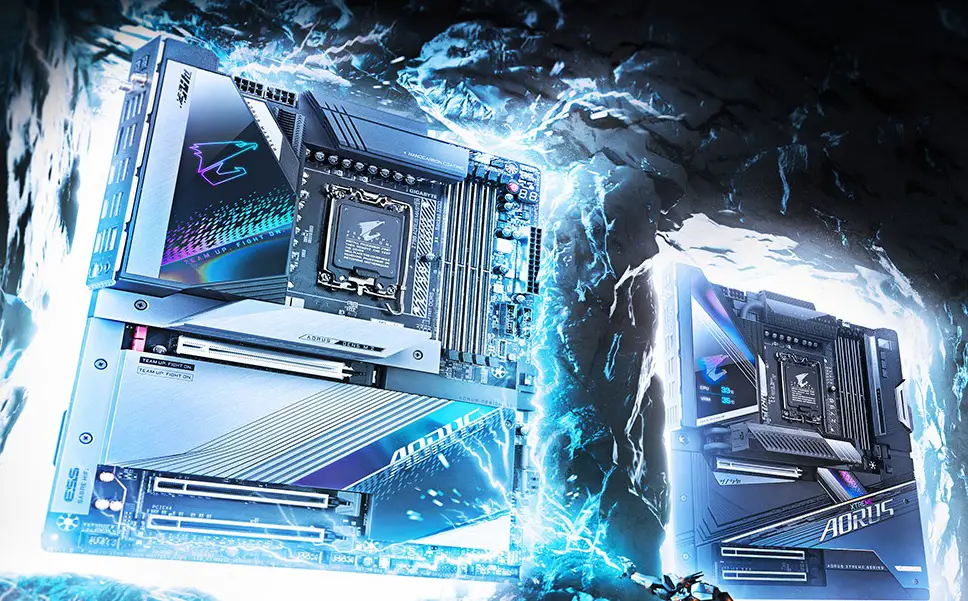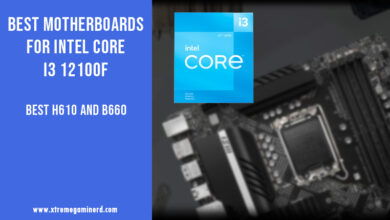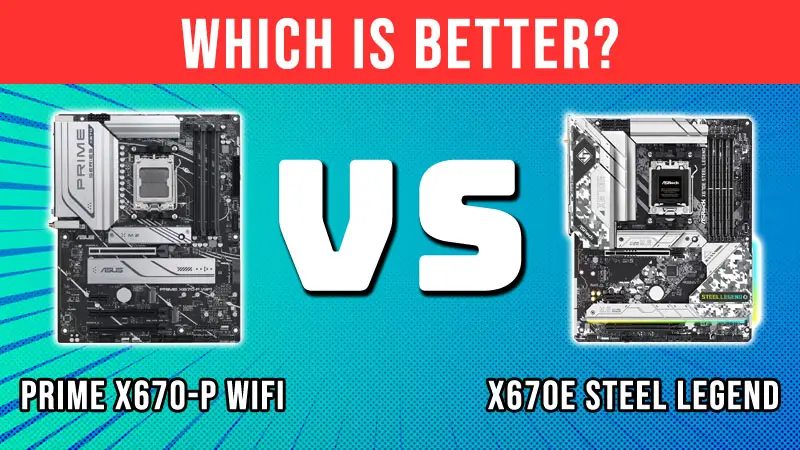A computer is made up of several components and there is no denying that the motherboard is one of the most essential functional parts of a computer that helps to connect all the components.
A motherboard is generally the biggest component in your computer but can vary in size depending on its form factor. As every computer device or component has a particular way of functioning, the motherboard also has a special purpose inside your computer.
Generally, the devices are classified into input or output and as a learner, it is important to define a motherboard and categorize it into the correct device type.
In this post, we will look at whether the motherboard can be classified as an input or output device.
What Is A Motherboard?
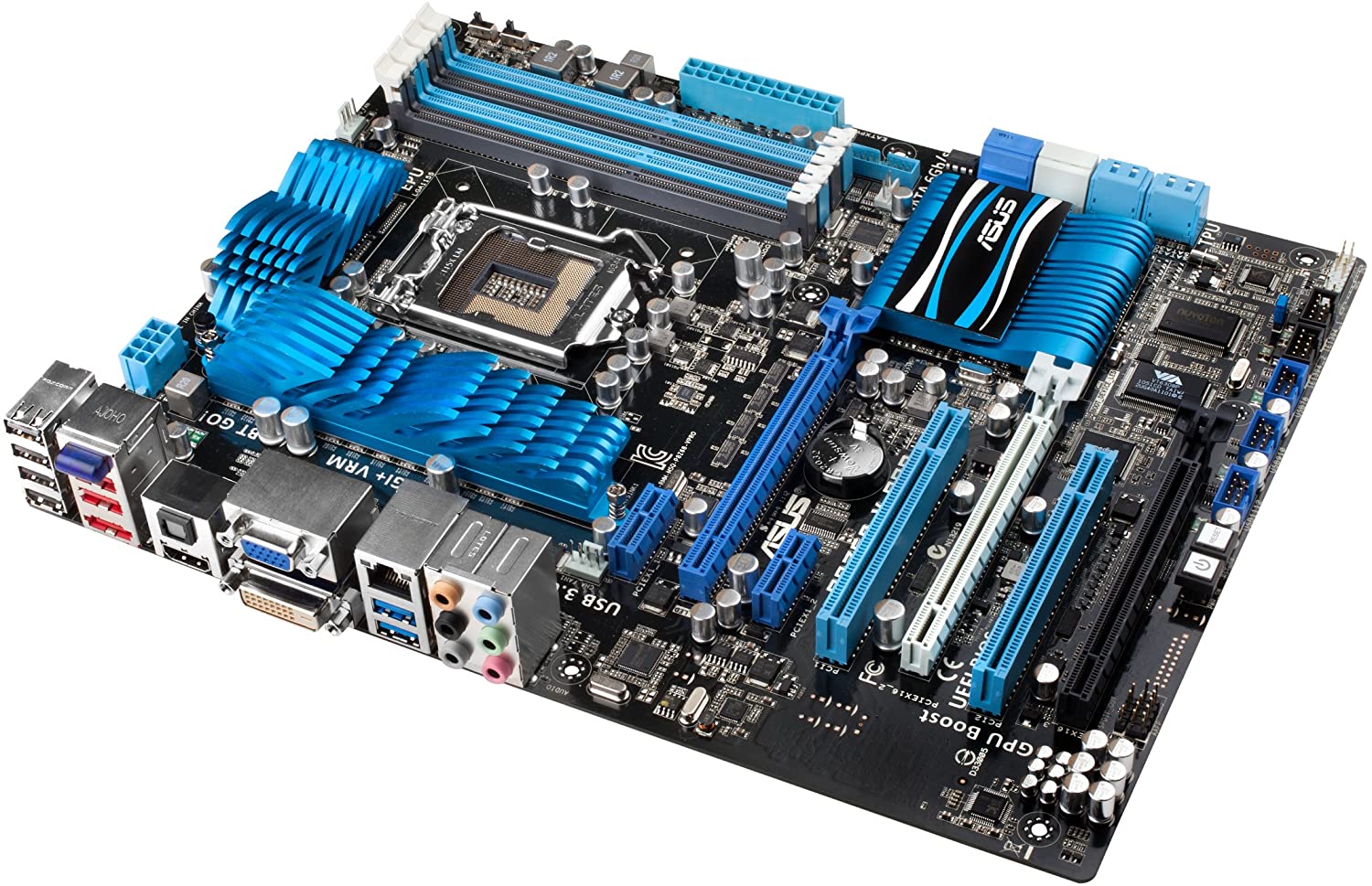
A motherboard is a printed circuit board that connects all the components of a computer. Whether you connect an internal computer component or an external device, all of them are directly connected to your motherboard.
Motherboard has several types of ports, slots, and headers that help us connect components like a CPU, hard drive, RAM, fans, coolers, etc. As the motherboard has dedicated circuitry for each component, it helps the flow of data from the user to the processor or the required component.
Not only it allows a flow of data from the user to the components but also allows the communication between different components simultaneously to keep the flow of electrical signals through the circuits.
Is Motherboard An Input Or Output Device?
A motherboard allows connecting other PC components and PC peripherals to allow a flow of data. However, a motherboard cannot take direct input from the user.
This makes a motherboard neither an Input nor an Output device . It simply lets you connect your peripherals through its ports so that it can transfer the input through its circuitry to the CPU for further processing.
So, a motherboard is essentially a medium to allow the input to reach its destination. Once, it gets processed, the data is sent into the required form through the motherboard circuit to an output device.
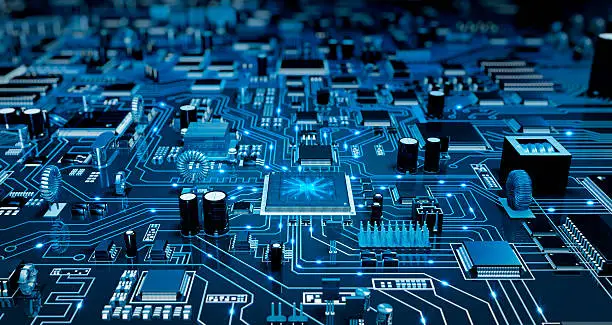
For instance, when a user clicks on a mouse, the input is registered when the electrical signals reach the CPU through the motherboard circuitry. A motherboard has a dedicated I/O section that is dedicated to taking input and providing output at the same time.
When the information is processed by the CPU, the signal is sent to the output port such as an HDMI, VGA, or DVI port to show it on your display monitor. If the output is in the form of a sound signal, the motherboard will send the sound signals to the connected speakers or headphones.
An Input device on the other hand directly registers the user’s input and sends it to the processor for further processing. Some good examples of Input devices are a keyboard, mouse, microphone, and scanner. They convert the user input into computer-readable electrical signals which are then sent to the output devices after getting processed into an appropriate digital format.
Types Of Motherboards
Motherboards are generally classified on the basis of form factor. While different devices like mobiles, laptops, desktops, and tablets have different types of motherboards, a desktop motherboard can be divided into six form factors-
- Mini-ITX
- Micro-ATX
- ATX
- E-ATX
There are two more types of form factors namely- Pico-ITX and Nano-ITX but are rarely used in a normal-sized desktop. Mini-ITX is the smallest desktop motherboard among the four mentioned measuring only 6.7 x 6.7 inches.
The Micro-ATX motherboard may come in different dimensions but will always be smaller than the ATX and larger than the Mini-ITX motherboards. E-ATX is the biggest motherboard form factor and generally features 8x DIMM slots.
Depending on the form factor of a motherboard, the ports, slots, headers, and features of the motherboard will vary where smaller motherboards have fewer ports and slots compared to the bigger ones.
